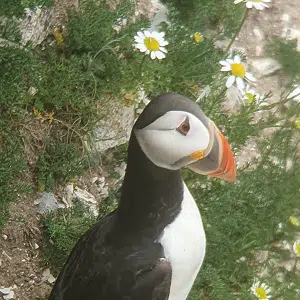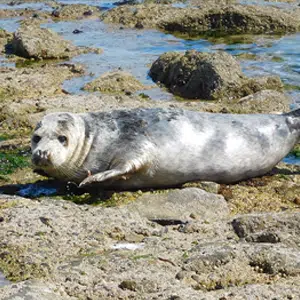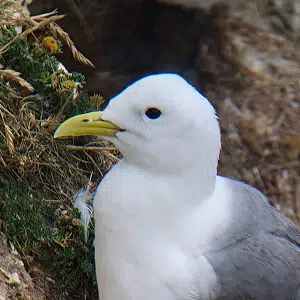Even the smallest things can make a huge impact…
Curious to know more? You can find extra information and links below the animation screen.
If you would like to use or show this animations in your own settings, please get in touch [email protected]
The Yorkshire coast is an important area for a huge variety of marine wildlife. Within this 100 mile stretch of coastline, you could see:
- The largest mainland breeding seabird colony in the UK (around Flamborough, Bempton and Filey)
- Resident populations of harbour porpoise and seals
- Regular sightings of bottlenose dolphins (almost daily)
- Whale species visiting through the summer, particularly minke whales
- And many more!
All of this wildlife is drawn here by food, mostly shoaling fish like sandeels and sprats, which are often tiny in comparison to the animals that eat them. This complex food web starts with tiny krill and plankton feeding on marine plants and microscopic algae, and goes all the way up to huge whales. Even if these animals don’t directly eat small shoaling fish, they rely on bigger fish (such as mackerel and herring) that do eat them.
Any disruption to this food web could be devastating for our wildlife. We know that sandeels, in particularly, are being impacted by rising sea surface temperatures caused by climate change. Alongside direct human influences like intensive fishing practices.
It is really hard to monitor changes happening in the marine environment and even harder to know exactly what is causing those changes to happen. By carrying out research on those bigger animals that rely on shoaling fish for food, we can get a better idea of how things are changing.
Want to know more?







